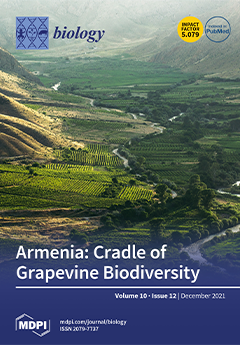Escherichia coli (
E. coli) F17 is a member of enterotoxigenic
Escherichia coli, which can cause massive diarrhea and high mortality in newborn lambs. β-defensin is mainly produced by the epithelial tissue of the gastrointestinal tract in response to microbial infection. However, the molecular mechanism of sheep β-defensin 2 (
SBD-2) against
E. coli F17 remains unclear. This study aims to reveal the antibacterial ability of
SBD-2 against
E. coli F17 infection in sheep. Firstly, we established the culture system of ovine intestinal epithelial cells (OIECs) in vitro, treated with different concentrations of
E. coli F17 for an indicated time. Secondly, we performed RNA interference and overexpression to investigate the effect of
SBD-2 expression on
E. coli F17 adhesion to OIECs. Finally, inhibitors of NF-κB and MAPK pathways were pre-treated to explore the possible relationship involving in
E. coli F17 infection regulating
SBD-2 expression. The results showed that
E. coli F17 markedly (
p < 0.01) upregulated the expression levels of SBD-2 mRNA and protein in a concentration- and time-dependent manner. Overexpression of
SBD-2 contributed to enhancing
E. coli F17 resistance in OIECs, while silencing
SBD-2 dramatically improved the adhesion of
E. coli F17 to OIECs (
p < 0.05 or
p < 0.01). Furthermore,
E. coli F17 stimulated
SBD-2 expression was obviously decreased by pre-treatment with NF-κB inhibitor PDTC, p38 MAPK inhibitor SB202190 and ERK1/2 MAPK inhibitor PD98095 (
p < 0.05 or
p < 0.01). Interestingly, adhesion of
E. coli F17 to OIECs were highly enhanced by pre-treated with PDTC, SB202190 and PD98095. Our data suggested that
SBD-2 could inhibit
E. coli F17 infection in OIECs, possibly through NF-κB and MAPK signaling pathways. Our results provide useful theoretical basis on developing anti-infective drug and breeding for
E. coli diarrhea disease-resistant sheep.
Full article






